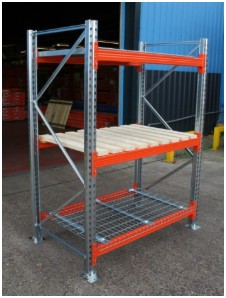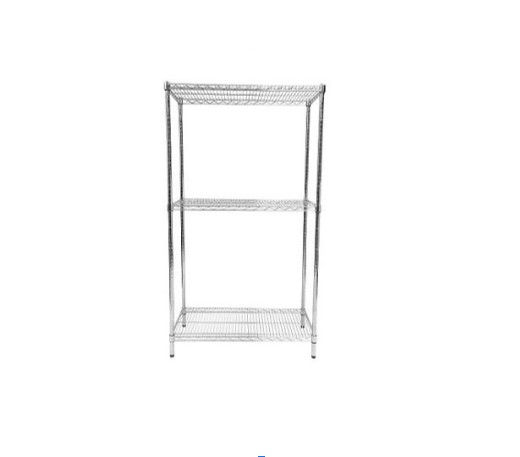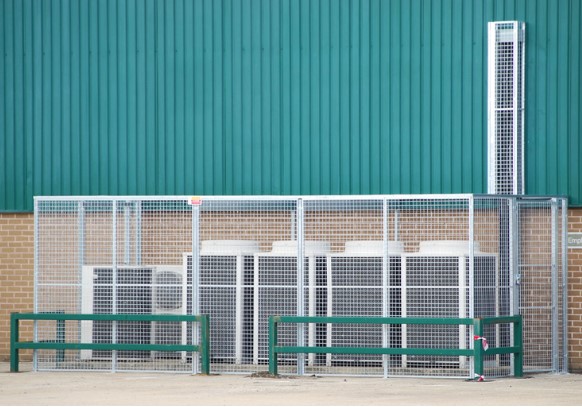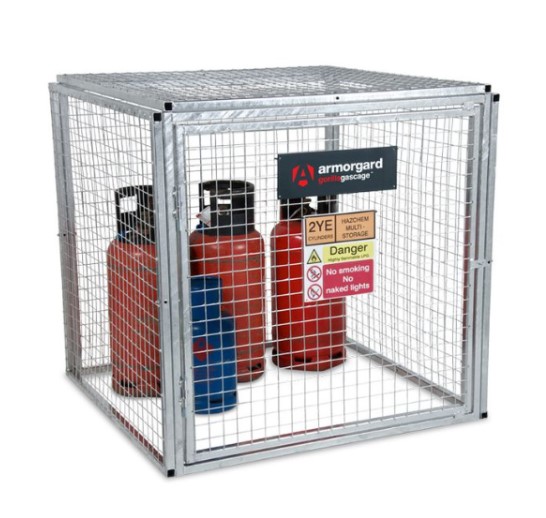The IDH Guide to Understanding Galvanised Steel
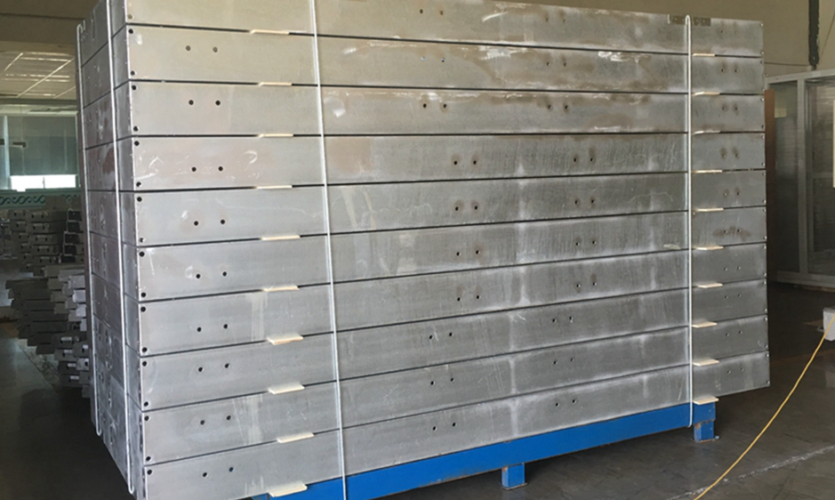
In 1944, a bridge was assembled at Lydlinch, Dorset to aid the progress of supplies during the D-Day landings in Normandy
The Callender-Hamilton bridge was only supposed to be a temporary construction, but now, nearly 75 years on the bridge still stands.
The bridge was inspected in 1999, after 55 years. The material used to construct the bridge, galvanised steel, was in magnificent shape and was showing no signs of rust or wear. From this, the inspection concluded that the bridge could stand for another 45 years without the need for any maintenance.
What is Galvanised Steel?
Galvanisation is the process of employing a protective zinc coating to steel or iron to prevent the buildup of rust and thereby slowing corrosion. Steel structures, like the Callender-Hamilton, cost less to maintain due to their special corrosion resistant talents.
Without this protection, steel rusts due to exposure to the changing environmental conditions. Rust is an iron oxide, which forms when the oxidisation reaction of iron and energy combines with moisture in the air.
One of the best methods to protect steel items from corrosions is to use hot-dip galvanisation, whereby all the surfaces are dipped into and coated with molten zinc.
Zinc corrodes very slowly, which prolongs the life of the base, our selection of galvanised cages is a perfect example. These cages are designed for outdoor use – the durability and reliability makes them ideal for storing potentially dangerous items outdoors, such a gas cylinders, or when storage space inside is at a premium.
What is Sacrificial Protection?

Zinc is what is known as a sacrificial anode. These anodes are very aggressive metals that are used to protect dormant metal surfaces from corrosion. They are created from metal alloys with more electrochemical potential than the metals they are protecting. So, for example, the zinc, in this case, is consumed rather than the steel it is shielding, hence the term “sacrificial”.
Why Choose Galvanised Steel Products?
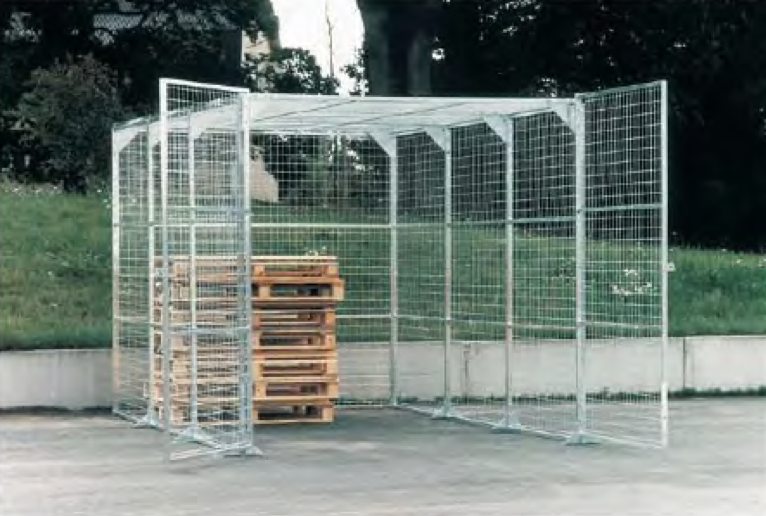
Longer Lasting Lifespan – Galvanising steel creates an easy to clean surface which can offer years of protection. This figure will vary depending on environmental conditions though.
Great Prices – Hot-dip galvanisation is a cheaper alternative to applying paint or other protection methods. While galvanised steel is a more expensive product to buy outright, you’ll save on labour costs, as painting can be a time-consuming activity and you won’t need to continually upgrade your equipment for many years to come.
Low Maintenance – The cost aspects and longer lifespan makes galvanisation one of the most cost-effective ways to protect the steel. Low maintenance means that you can buy a galvanised product from us, safe in the knowledge that it will stand for years to come.
Durability – The ability of galvanised steel to perform outdoors in all weather conditions makes it a robust and reliable option.
Three-Fold Protection – Galvanised coatings protect steel in three ways:
- Firstly, the coating wears at a prolonged rate.
- The coating corrodes in such a way that the zinc provides the sacrificial protection to any areas which are slightly damaged and exposed to the elements.
- If the damaged area in question is more considerable, the zinc prevents the rust creeping sideways.
Easy to Inspect – Because each product is dipped in molten zinc, it means that all areas of the surface are thoroughly coated. So, when it comes to inspection, if it looks fine, it is.
Galvanised products are a particular favourite of ours here at IDH Direct, and they are amongst our most popular products due to their reliability and durability.
If you require any further information about our galvanised steel cages or any other of the products in our vast range, don’t hesitate to give us a call on 01793 747533 or drop us an email at sales@idhdirect.co.uk.




